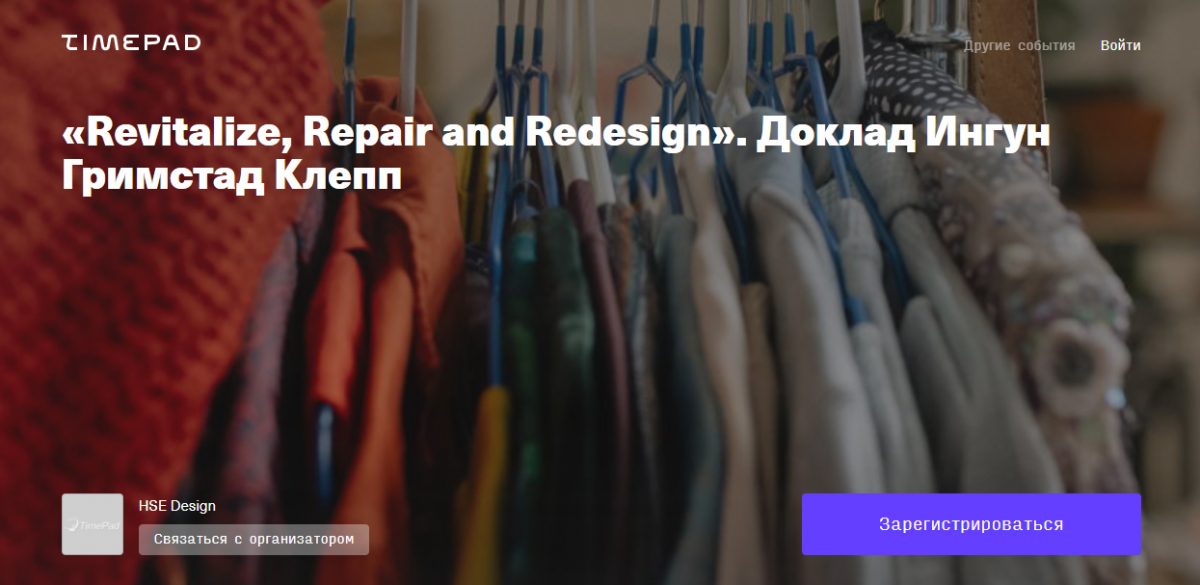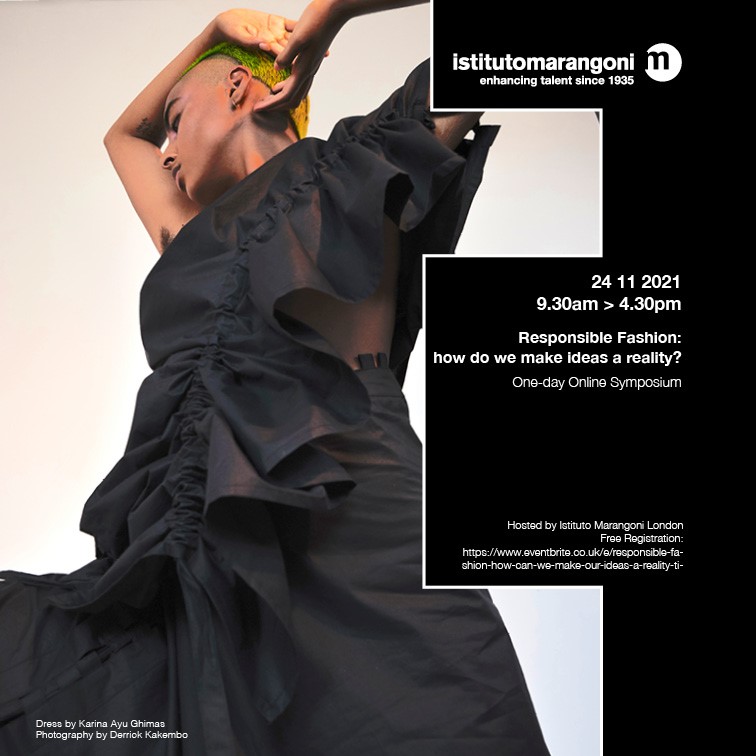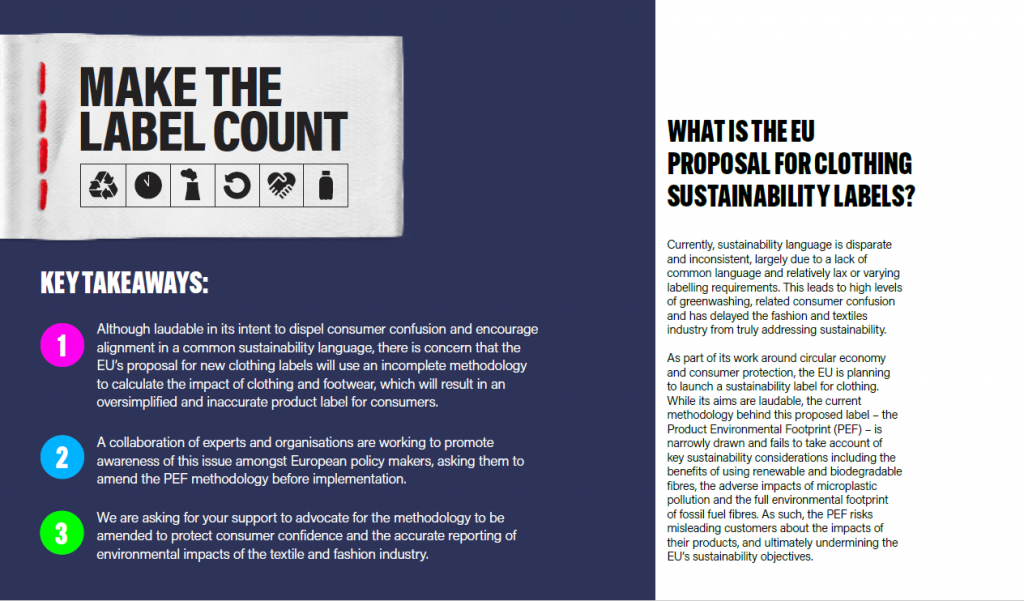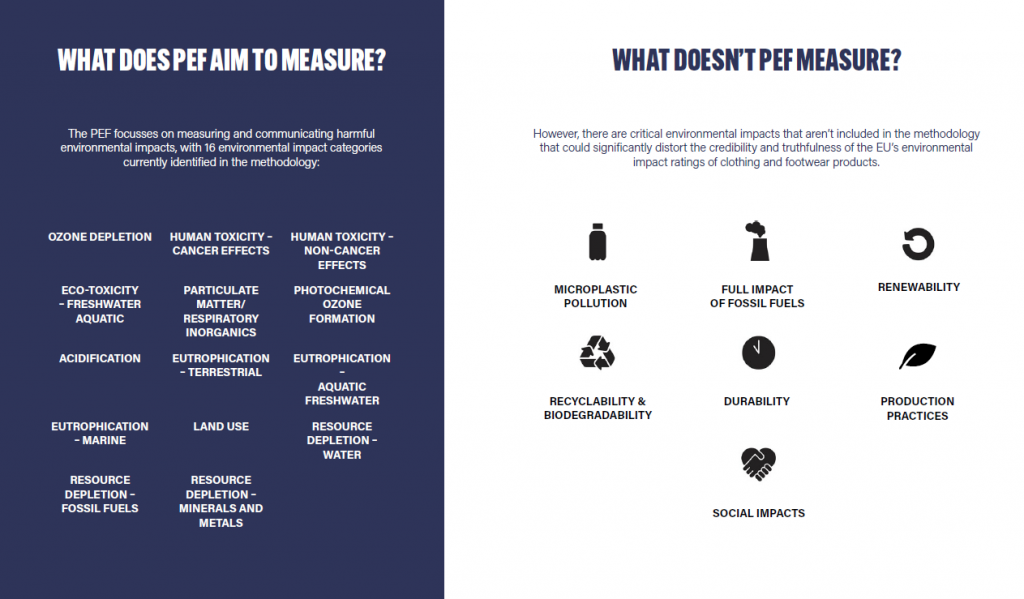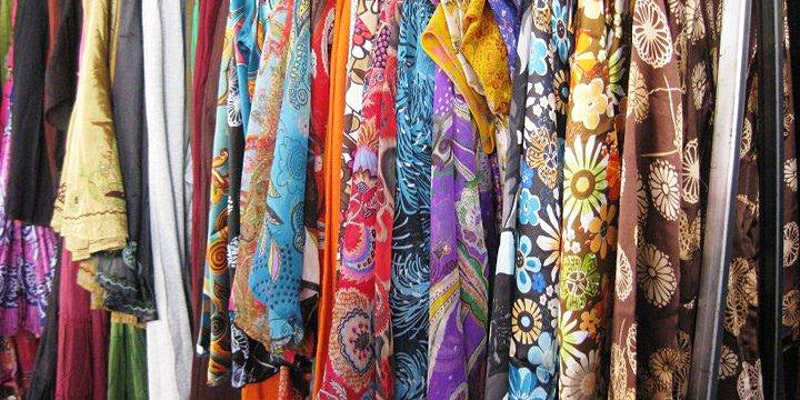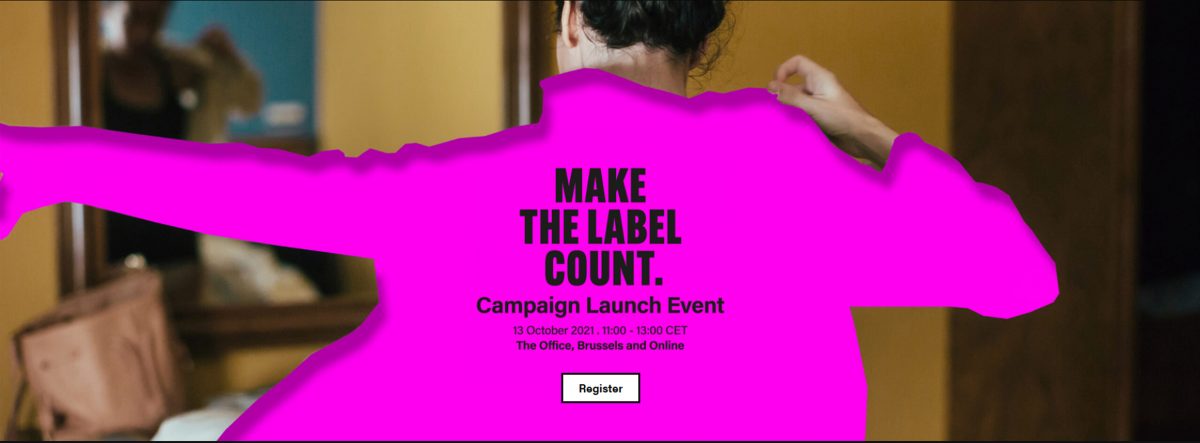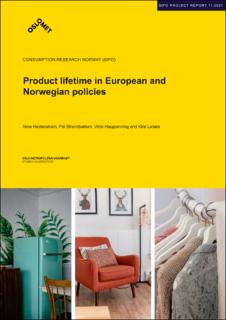Webinar: 21st of October 2021, 10:45 – 14:00 CEST
An international panel discuss how wardrobe studies can help us to understand how what we wear can make a sustainable future
About this event
The remit of wardrobe studies is not limited to actual garments or textile objects, although it often starts there, but to consider the way clothes communicate notions of self, emotion, place, connectivity and relationships that hitherto would be unspoken and/or rendered mute. Wardrobe studies offer a way in which these relationships or clothing experiences can be recorded, interpreted and also utilized outside of the realms of academia to understand the ways in which clothing is selected, used, kept, discarded and so on, in order to change or challenge clothing consumption, to empower the user, to improve clothing manufacture or indeed to revitalize or instigate it. Wardrobe studies are concerned with clothing behaviours in everyday life, from start to finish, birth to death and everything in-between.
Schedule
9.45 – opening welcome and introduction ( Dr Jo Turney)
10.00 – Keynote speaker – Dr Ingun Grimstad Klepp (Oslo Metropolitan University) Professor in Clothing and sustainability The presentation will provide a short overview of the history of wardrobe studies and how the method was developed through collaboration between clothing, design and fashion researchers the last 20 years. It will then look at what characterizes the method and why it is so useful when working towards sustainable development. Ingun will provide examples from ongoing projects where the method is being used in very different ways, from improving LCA for clothing to understanding wardrobe dynamics. This includes using the method for quantitative as well as qualitative purposes. Examples of ongoing studies at SIFO are CHANGE and Wasted Textiles. In CHANGE the main objective is occasions and variety in couples’ wardrobes. You can read more about the study here: CHANGE: Environmental systems shift in clothing consumption – OsloMet. Wasted Textiles will map textiles that is going out of use in households to increase knowledge about the ways this waste is generated and disposed of, and its fibre composition. You can read more about the study here: Wasted Textiles – OsloMet. Currently, the researchers are re-analyzing material from two earlier wardrobe studies conducted at SIFO for potential use in both CHANGE and Wasted Textiles. Although most studies that use the method have an environmental viewpoint, it can also be used to examine other perspectives. One example is the project BELONG, which examines children’s sense of belonging through their relationship to people, places and to their possessions. You can read more about the project here: Practices and policies of belonging among minority and majority children of low-income families (BELONG) – OsloMet. Overall, this presentation will give you an insight into the method and its rich potential in gathering knowledge about clothing and us, their wearers.
11.00 – Dr Anna-Mari Almila (independent scholar) – Older Men’s Wardrobes
11.20 – Dr Else Skjold, (Royal Danish Academy, Copenhagen, Head of Fashion, Clothing and Textile; New Landscapes for Change) – Wardrobe Studies and Pedagogy
11.40 – Dr Liudmila Alebieva (Editor Russian Fashion Theory, Higher School of Economics, Moscow) – Curating Wardrobes
12.00 – Dr Valerie Wilson Trower (London College of Fashion) – Expatriate western women’s wardrobes: Hong Kong, 1960 – 1997.
12.20 – Sharon Williams (WSA) –Wardrobes at WSA
12.40 – questions and round-up
#WSAFashionTalks
#ClothingCultures
Klick here to watch the recording of the event (donkeydave.co.uk).

